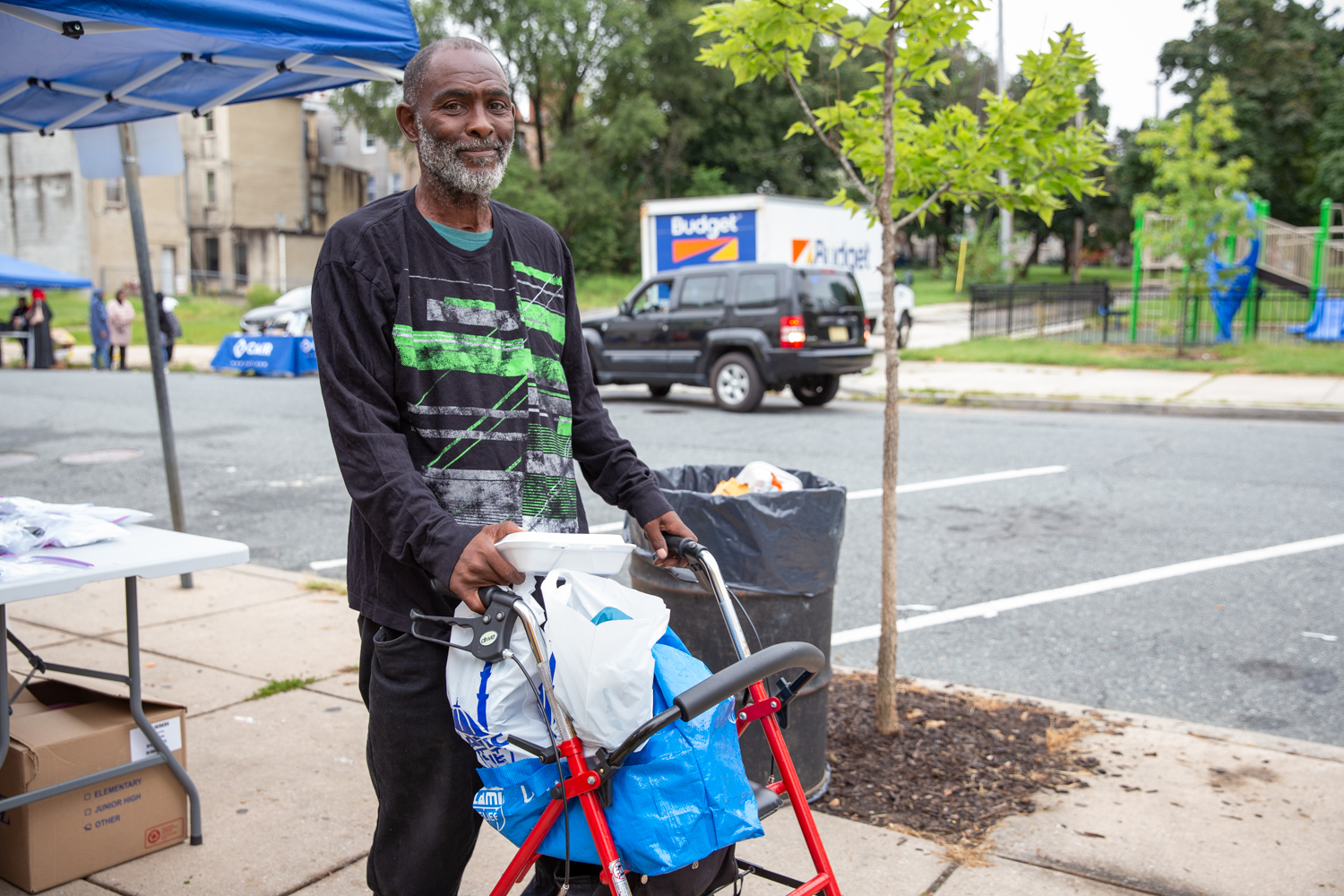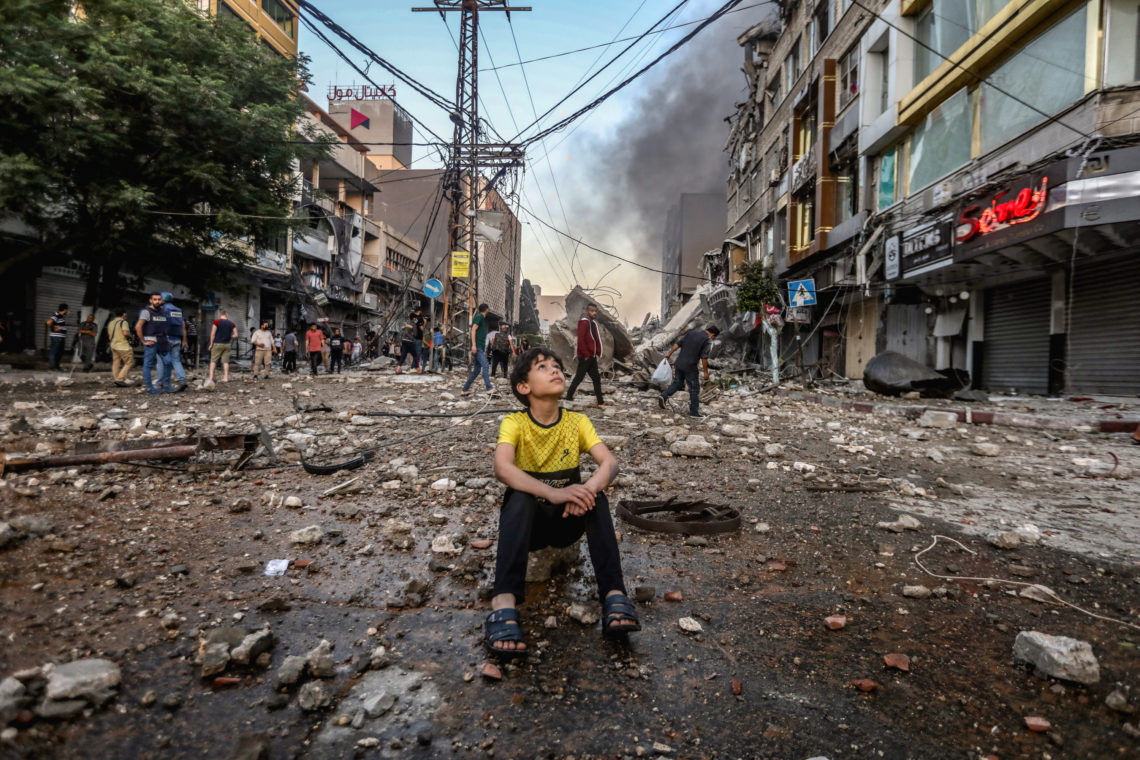
Madness the Middle East
An overview of Middle East humanitarian affairs
By Iqra Abid Hasan
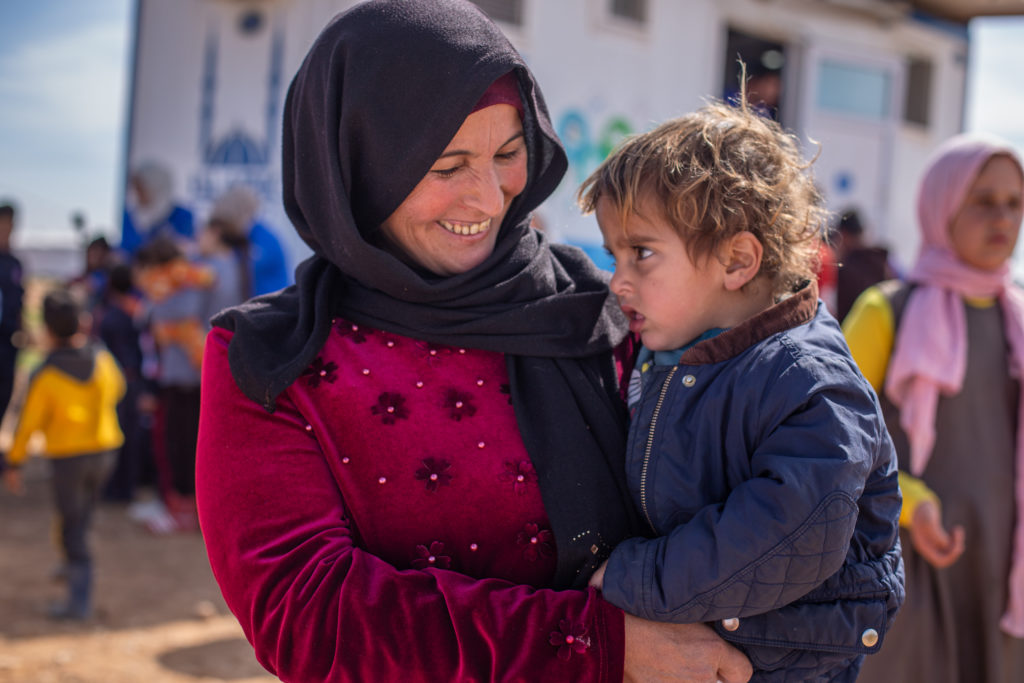
In the last three years, the situation in the Middle East has deteriorated significantly. There is a humanitarian catastrophe looming in places like Lebanon, Syria, Palestine, and Yemen. Skyrocketing poverty and economic collapse threatens families across the region.
Not so long ago, uprisings and wars in the Arab world dominated the agenda at United Nations General Assembly meetings in New York.
Almost all of those conflicts have apparently reached a stalemate with the exception of bursts of violence scattered across time. Therefore, the world’s attention has shifted to other global challenges such as the coronavirus pandemic and climate change, the new crises in Ethiopia’s embattled Tigray region, and the Taliban takeover of Afghanistan.
But although the attention has waned, the suffering for families across the region has not – in fact it’s gotten worse.
Yemen

Yemen is facing famine as a result of a six-year war that has sparked what has been called “the worst humanitarian crisis” in recent history.
Historically, Iraq, Syria, and Lebanon were epicenters for Middle Eastern culture and success. Today, all three of these countries are seeing their economies unravel.
Lebanon
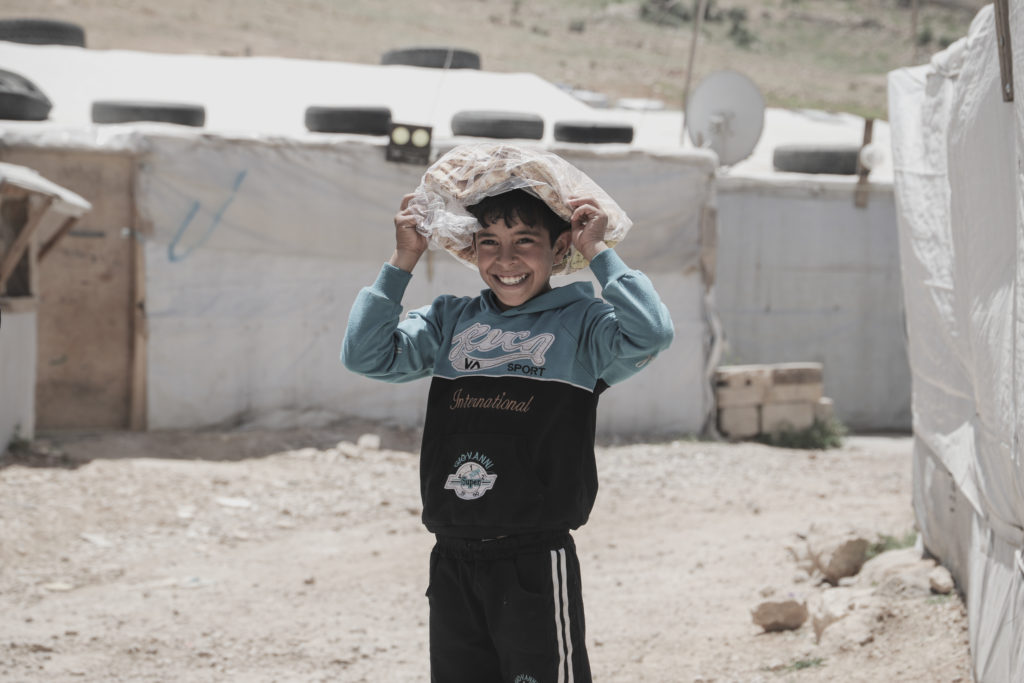
During Ramadan month Islamic relief Lebanon distributes more than 4000 food parcel for Syrian, Palestinian and poor people in the community in Baalbek, Arsal and Bekaa area
Lebanon, a tiny nation on the eastern Mediterranean with the world’s highest proportion of refugees per capita, has fallen greatly in the past two years. Since the beginning of the financial crisis in late 2019, about three quarters of the country has been in poverty with a drain on skilled professionals not seen since the 1975-90 civil war. This was accelerated by the massive explosion in Beirut’s port in August 2020, which killed 200 people and damaged infrastructure significantly.
The Lebanese, once proud of their entrepreneurship, now struggle to get electricity, fuel, or medicine, with families unable to afford their next meal. As a result of the economic devastation, the state is in danger of irreversible collapse.
Palestine
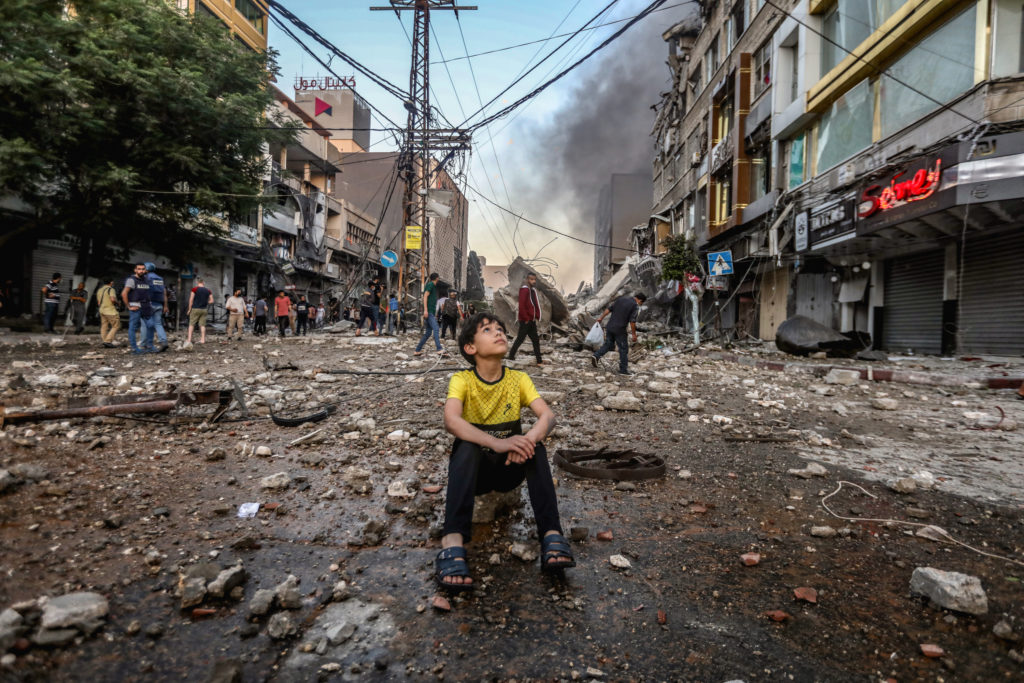
Smoke rises from 14-story building as Israeli fighter jets continue to pound a Palestinian building called “Ash-Shuruq” at Omar Al-Mukhtar neighbourhood in the Gaza Strip, on May 12, 2021.
In Palestine, families continue to suffer. Toward the tail-end of Ramadan 2021, Palestinian families faced some 11 days of attacks in Gaza after violence in Jerusalem, and namely Sheikh Jarrah, escalated. More than 4,000 homes were destroyed or severely damaged in Gaza, and 250 people were killed. This is one episode in nearly 75 years of pain and suffering that Palestinian families have faced.
Syria
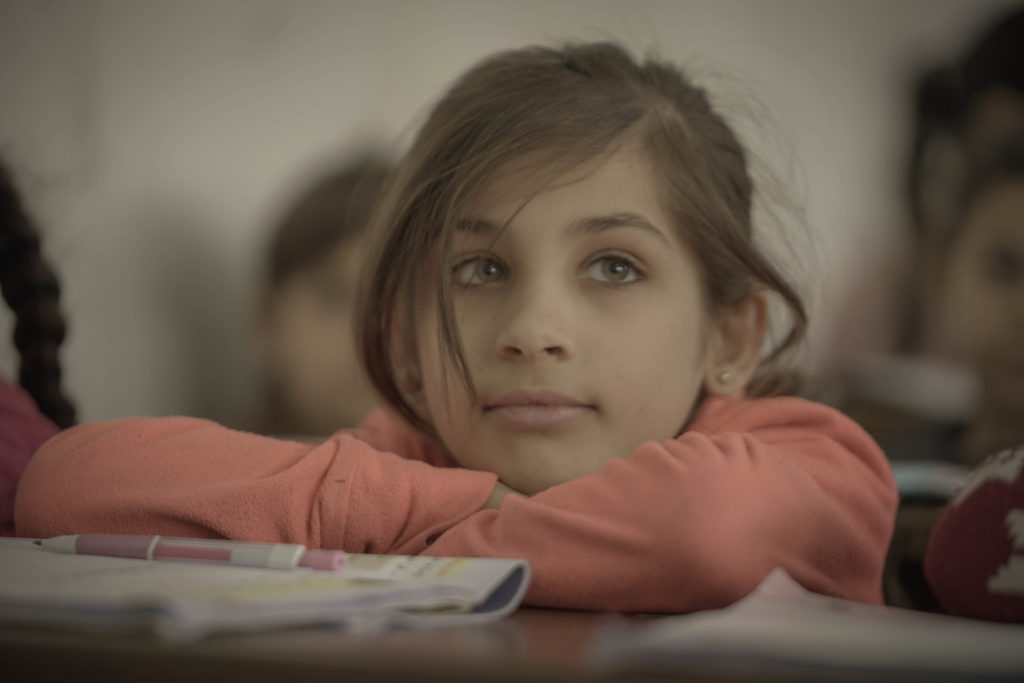
Violence escalated in the northwest of Syria at the beginning of this year, killing at least two children and injuring five others. In Syria, more than 70% of grave violations against children occurred in the northwest.
UNICEF-supported water stations were also attacked in the Arshani village outside of Idlib in the northwest. More than 241,000 people lost access to water as a result of the attack, many of whom are internally displaced.
Although the devastating effects of fighting in the Middle East don’t headline as often as they did in the past, the humanitarian consequences of years of conflict have to be pulled back into focus.
For nearly three decades IRUSA has worked side-by-side community stakeholders in the Middle East to develop interventions such as, food aid, housing rehabilitation, water sanitation projects, women’s and girls empowerment, and agriculture.
To learn more of how IRUSA’s community has kept the Middle East in focus for nearly 30 years, visit irusa.org/middle-east.



